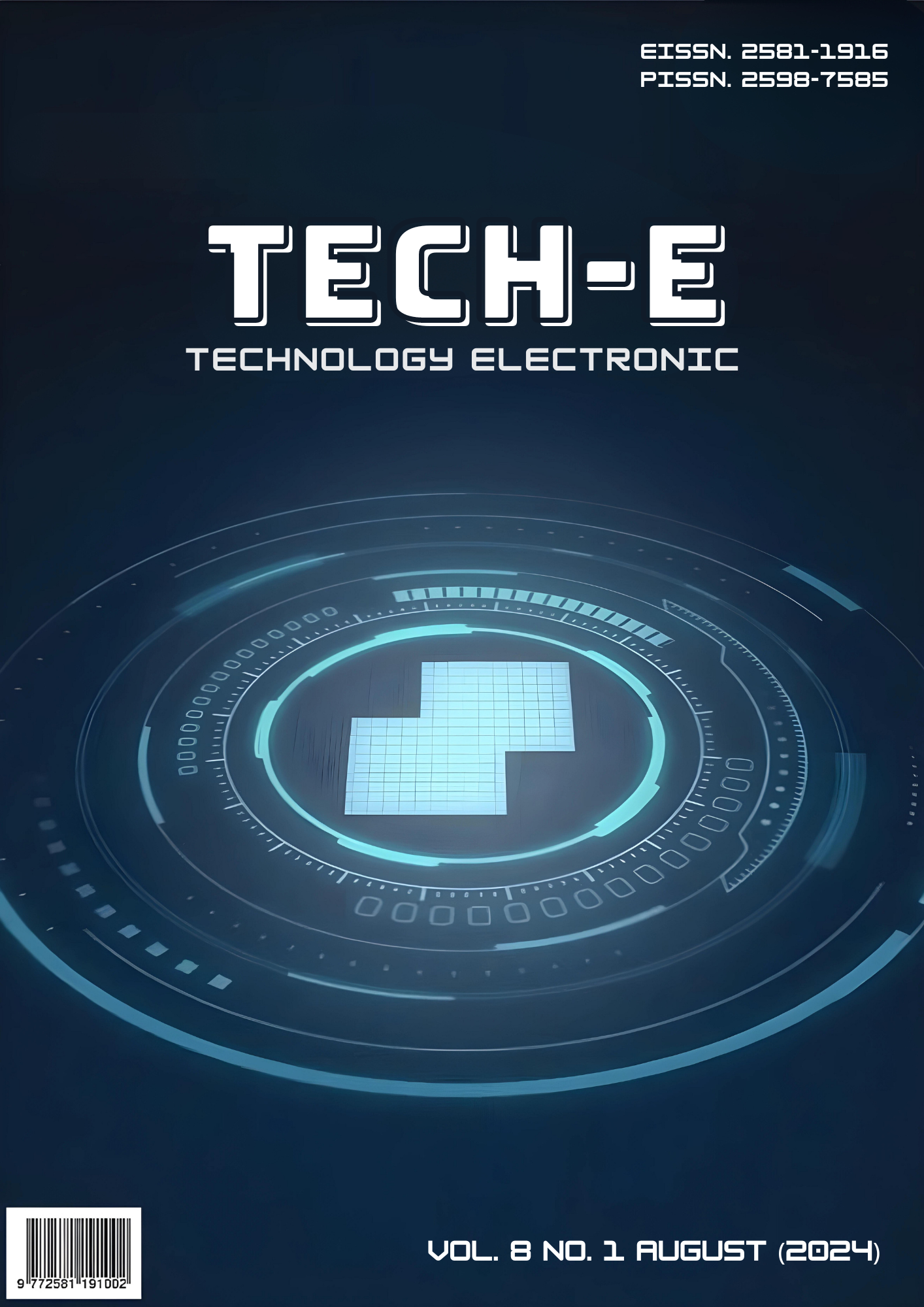Implementation of Sugeno Fuzzy Logic Methods for Predicting Pie Crust Raw Material Stock
Main Article Content
Abstract
Accurate prediction of raw material stocks is essential for cost management and effective production planning in the food industry. The Sugeno fuzzy logic method is employed to predict the stock levels of pie leather raw materials. This method aims to offer a reliable prediction system that enhances stock management, thereby minimizing the risks associated with overstocking or stock shortages. The performance of the model is evaluated using the average error percentage test, which yielded a result of 3.94%. This indicates an accuracy level of 96.06%, demonstrating a high degree of precision. The findings suggest that the Sugeno fuzzy logic method is a highly effective tool for predicting raw material requirements in the pie leather production process. The study underscores the potential of fuzzy logic methods in supply management, ensuring smooth production operations. By implementing this method, manufacturers can achieve better inventory control, leading to more efficient production planning and cost savings. The results validate the application of Sugeno fuzzy logic as a robust approach for inventory prediction, capable of significantly improving the overall management of raw material stocks in the food industry. This research highlights the practical benefits of advanced predictive models in optimizing supply chains, supporting continuous production flow, and enhancing the overall efficiency of production systems. Consequently, the use of fuzzy logic methods can play a critical role in streamlining production processes and maintaining optimal inventory levels, ultimately contributing to the success and sustainability of food manufacturing operations.
Downloads
Article Details

This work is licensed under a Creative Commons Attribution-NonCommercial-NoDerivatives 4.0 International License.
The Authors submitting a manuscript do so on the understanding that if accepted for publication, copyright of the article shall be assigned to journal Tech-E, Universitas Buddhi Dharma as publisher of the journal.
Copyright encompasses exclusive rights to reproduce and deliver the article in all form and media, including reprints, photographs, microfilms and any other similar reproductions, as well as translations. The reproduction of any part of this journal, its storage in databases and its transmission by any form or media, such as electronic, electrostatic and mechanical copies, photocopies, recordings, magnetic media, etc. , will be allowed only with a written permission from journal Tech-E.
journal Tech-E, the Editors and the Advisory Editorial Board make every effort to ensure that no wrong or misleading data, opinions or statements be published in the journal. In any way, the contents of the articles and advertisements published in the journal Tech-E, Universitas Buddhi Dharma are sole and exclusive responsibility of their respective authors and advertisers.
 Abstract views: 97
/
Abstract views: 97
/  PDF downloads: 52
PDF downloads: 52

